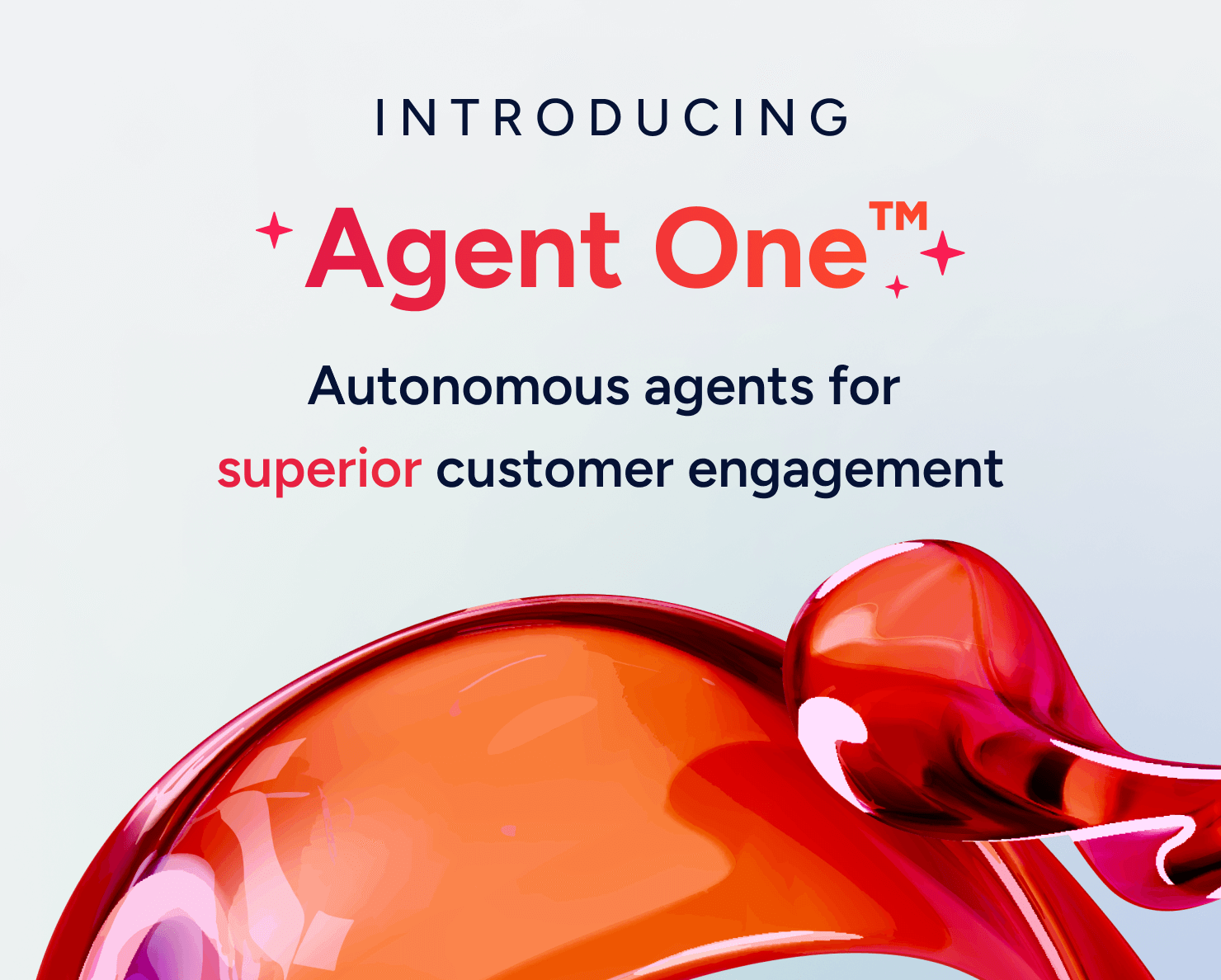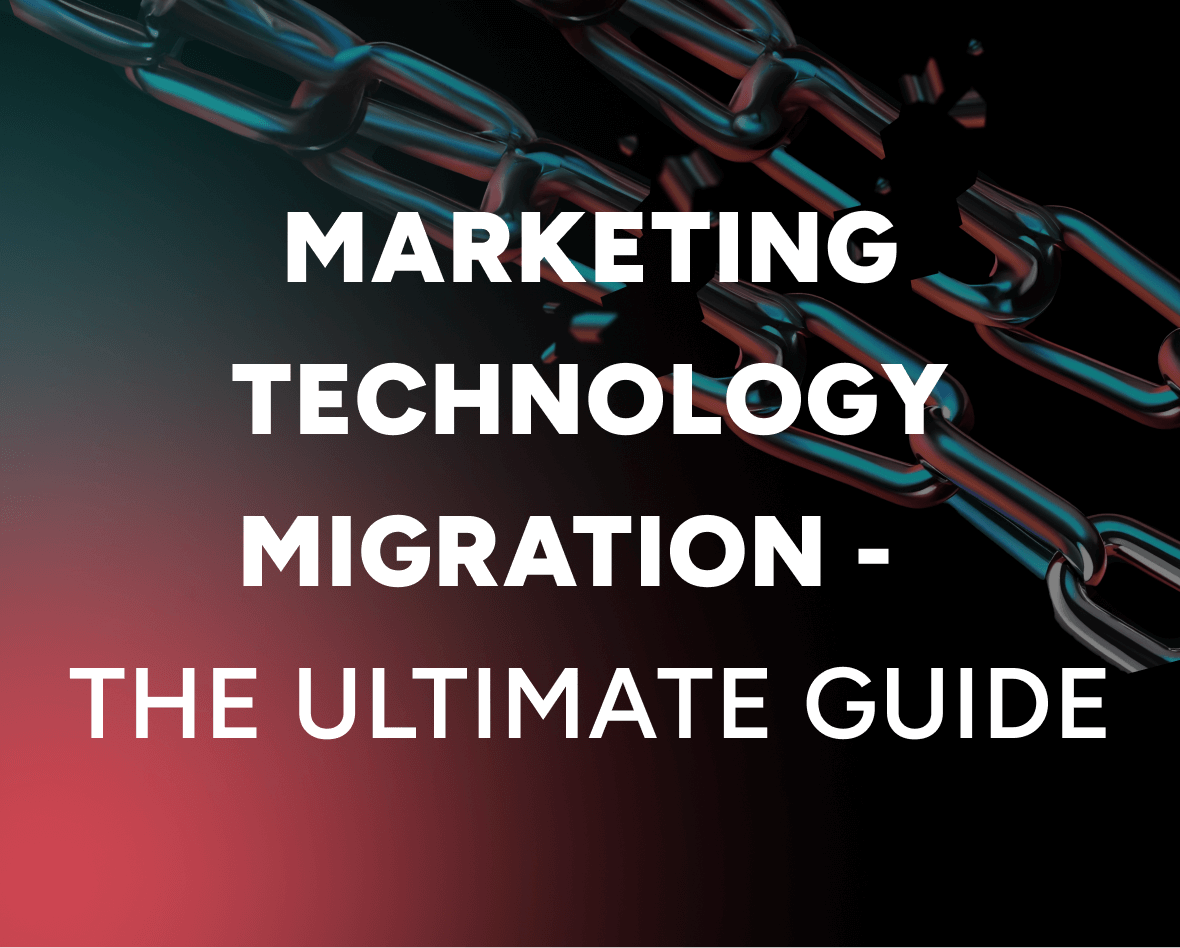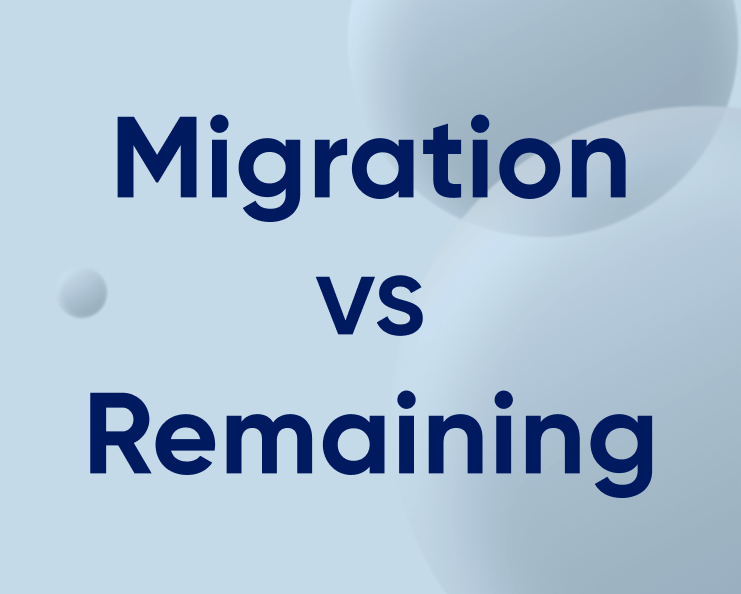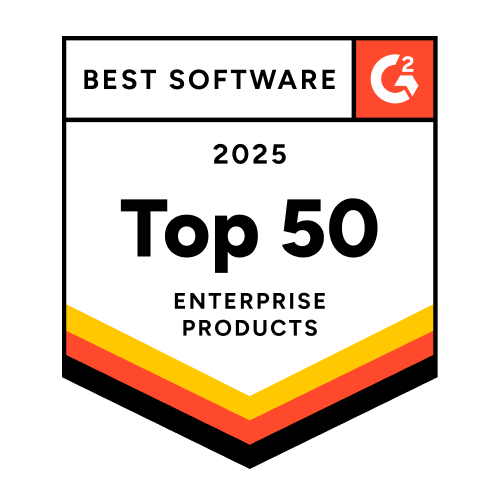How to maximize your push notification delivery
In today’s competitive marketing landscape, it’s imperative for companies to cut above the noise and connect with customers in meaningful ways. To do this, marketers must think out-of-the-box. They need to reinvent the ways in which they communicate and engage with their users.
For a mobile app business, building an engaged and involved user base is the secret to success. Take the example of dating apps: a higher user engagement (likes and matches, for instance) correlates directly with the function of the app.
Updated on Sep 21, 2020
Marketers use a variety of channels to maximize user engagement: email, SMS, in-app, web push, push notifications. Of all these, mobile push notifications are rated among the most preferred channels, as they play a key role in engaging customers and driving them to convert.
Push notifications have multiple benefits for growth marketers. Besides being a powerful medium of communicating with users, it’s also:
- Cost-effective.
- Highly-contextual to users.
- Results in Click-Through Rates (CTR) of up to 40%.
Despite these benefits, marketers find that push notifications rank significantly low on the delivery front. Why?
Why Push Notifications Don’t Get Delivered
Not all push notifications that you send end up reaching your users. This is primarily because even though cloud messaging platforms like Google Cloud Messaging (GCM) accept all notifications, they fail to send them to devices that are either inactive or not connected to the internet. This is due to several factors: OEM restrictions, network issues, and other reasons that cause devices to cut off from GCM service.
Factors That Affect Push Notification Delivery
A push notification is of no benefit to anyone if it doesn’t reach the end recipient. Therefore, for a user engagement campaign to work, it’s critical for marketers to ensure that their push notifications have a high delivery rate.
To understand why notifications successfully sent to GCM are not delivered to every user, let’s explore the potential roadblocks that come in the way of successful push notification delivery:
- Push Notification Opt-out: One of the prominent and persistent reasons why your push notifications go undelivered is because users have opted out to receive your notifications.
- User Activity: We’ve noted earlier that GCM accepts all notifications but doesn’t deliver many of them. A majority of users who don’t receive these notifications were found to be inactive on the app for 3 or more weeks. Even though there is no direct causation between user activity and push notification delivery, this can imply that the more recently an app was used, the more the chances of notification reachability.
- User Device: Most Chinese Android smartphone Original Equipment Manufacturers (OEM) optimize battery life by killing background processes. This limits the device’s connectivity with GCM and FCM (Firebase Cloud Messaging) platforms and impacts push notification delivery. Many brands report that low push notification delivery rates result when messages are not delivered to users’ devices.
Read more on push notification software!
With each new smartphone release, Chinese OEMs like OnePlus, Huawei, Xiaomi, and Asus have been incorporating battery-saving features into their firmware. These features affect the apps, as it force-kills background processes if a device remains inactive for more than 20 minutes.
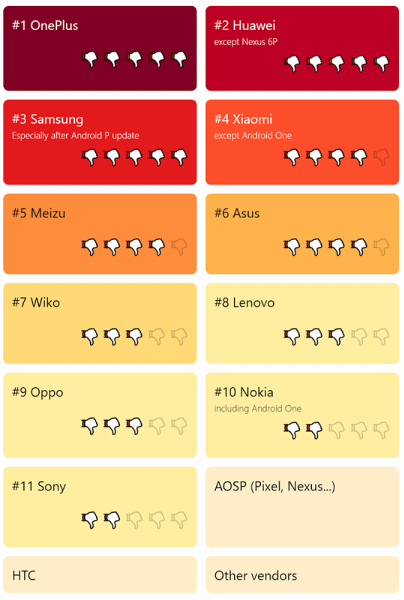
4. Network Connectivity: Increased network latency also impacts the delivery of push notifications. Mobile phones that are connected to WiFi and 4G networks have higher push delivery rates due to lower network latency. But users on 2G or 3G networks may get disconnected from push notification services, as the notification expires before reaching their device.
5. OS Version: Many users use old phones that run on outdated Operating System (OS) versions. These include Android OS versions like Lollipop, Kitkat, and Jellybean, and report a decreased delivery rate. Oreo also has a low delivery rate due to Google’s new OS updates, such as high battery optimization. Nougat, on the other hand, reports high delivery rates.
6. Notification Send Time: The factor plays a vital role in the deliverability of push notifications. When a user is not connected to the Internet, GCM/FCM is unable to send push notifications to his device. By the time the device reestablishes connection, GCM has timed-out the notification delivery. This means if a device is out of network in the set send time, the notification is undelivered.
Besides the above factors, there are other reasons – like device connection stage and campaign send times – that also impact delivery rates.
Check out our exclusive product tours
How To Improve the Reach and Delivery of Push Notifications
There may be several reasons why push notifications don’t get delivered, but there are as many ways to work around them as well. Let’s look at some:
- Omni-device Engagement
Today, a typical user owns 6 to 7 connected devices. These include 4 screens: smartphone, tablet, laptop, and TV. This means a user interacts with a business via multiple devices. If he were to receive a push notification on just one device, it would make his engagement with an app largely ineffective.
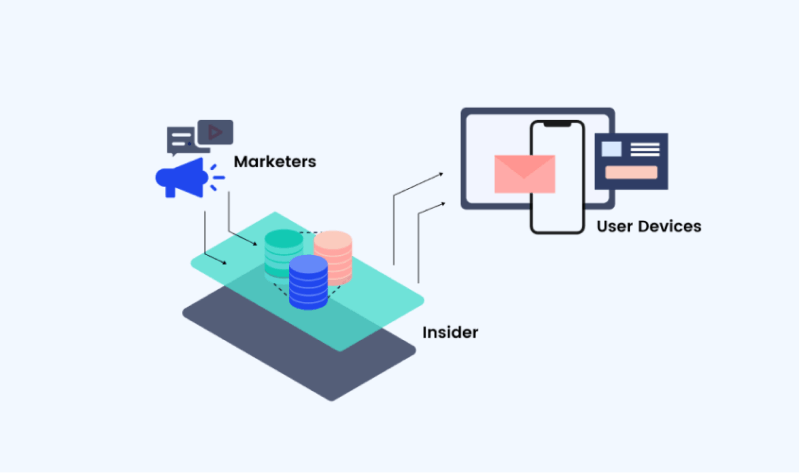
This can be reversed by engaging with users across multiple devices and sending push notifications to all active devices of the user which have the app installed. An omni-device engagement platform gives a marketer two options: either send push notifications to all active devices or the last device that a consumer used to engage with an app. A notification’s reach increases by 10% if it is sent to all active devices, increasing its chances of deliverability and engagement.
Engaging users on multiple devices is important for time-sensitive campaigns, especially as users toggle between devices on a regular basis. For example, sending a notification on a mobile phone during office hours, and then sending them on a mobile phone plus a tablet during post-office hours, increases its delivery as well engagement rates.
- Push Amplification
Push Amplification has been proven to improve delivery rates by as much as 50% across most Chinese OEM devices. For marketers, this translates into improvements in many metrics, such as retention, improved CTRs, and better conversion rates.
Insider has a novel Push Amplification solution that acts as a backup to standard notification gateways and delivers notifications directly to a user’s phone when standard delivery fails.
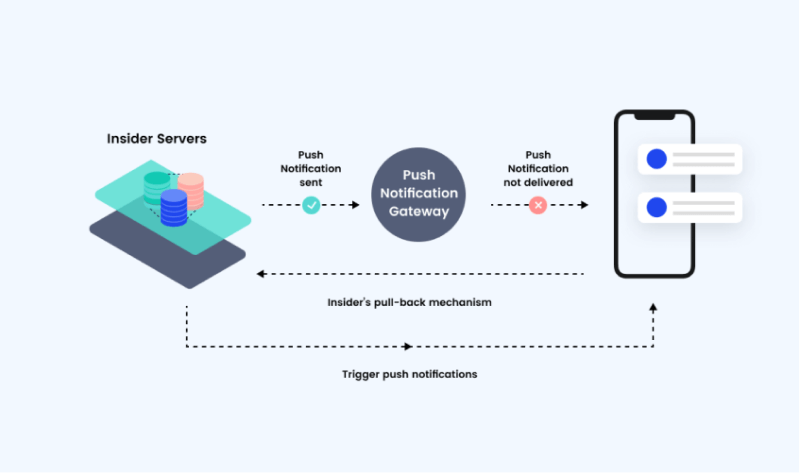
Insider’s Push Amplification assigns a unique ID to each device which is then used as an alternate delivery gateway. This works with a pull-back mechanism that is based on Insider’s servers. It tracks undelivered notifications and triggers them back directly to a user’s smartphone.
- Huawei SDK
Most Chinese OEMs run on Stock Android, using custom UIs. Huawei is the biggest brand among them. These companies, in fact, use their own notification systems, within their respective Android-based custom ROMs, rather than rely on Google’s push notification service.
Huawei recently released its own proprietary Operating System — Harmony. All Huawei smartphones now run on this new OS. Old devices, however, will continue to run on Android and use the company’s standalone Huawei Push Services.
The launch of Harmony OS poses a further challenge to businesses trying to reach their users and improve engagement rates.
Insider became the first mobile marketing platform to find a solution to the Huawei OS issue. Insider’s Huawei SDK enables marketers to easily send push notifications to all the new Huawei smartphones that run on Harmony OS.
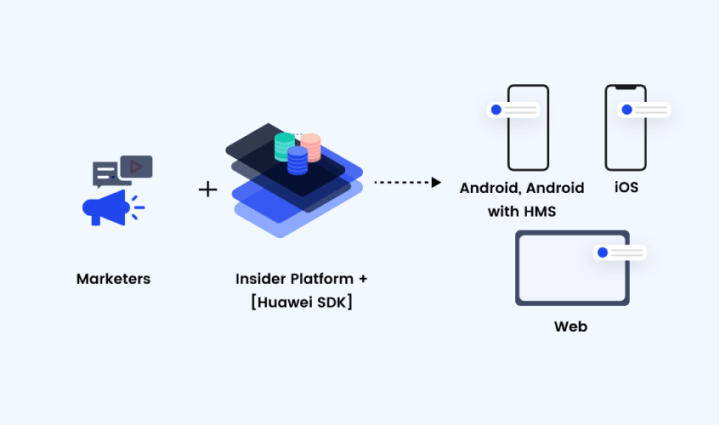
- 3rd Party Push Services
To optimize battery life, most Chinese OEM devices kill the apps running in the background and reduce their ability to send push notifications. Chinese OEM smartphones are known to have notification delivery rates as low as 20% in recently used apps.
Some Chinese OEMs, such as Xiaomi and Huawei, have a standalone service for push notifications: Xiaomi Push Services and Huawei Push Services. These services send new messages in real-time from the cloud to a device, improving user awareness and engagement.
Insider allows you to send push notifications powered by Huawei Push Services, which instantly leads to a significant increase in your overall push notification delivery rates.
In order to maximize push delivery success on Chinese OEM devices, push notifications are sent through Xiaomi Push, Huawei Push, and Firebase Cloud Messaging push services. 3rd Party Push services are, therefore, able to address the most pressing issue with Chinese OEM devices.
- Batch Campaign Delivery
Mobile app crashes are a nightmare for businesses as well as app developers. If your app server is not stacked up to handle a threshold of traffic instantly, then the application could experience a temporary crash. Push notifications are one of the major contributors to building instant mobile traffic. Net result: a blackout for your business and loss in revenue.
To prevent this, Insider provides a feature called Batch Delivery. It divides the delivery of push notification into batches and selects a time interval between the batches. For example, if you have 200K users, you can opt to send 10K push notifications every 2 minutes. This way, the deliveries will be staggered and all notifications will be delivered in 40 minutes.
Make the Most of Your Push Notification Campaigns
Push notifications are a great way to connect with your customers and increase app engagement without any additional ad spend.
Using a combination of Push Amplification, Huawei SDK, and Omni Device Engagement marketers can be assured of higher delivery rates for their push notification campaigns. This, in turn, improves overall CTRs, and eventually, boosts conversion and retention rates.
Push notification deliverability solutions allow companies to make the most of push notification campaigns by ensuring they are received by all interested users at the right time and on the right device.

